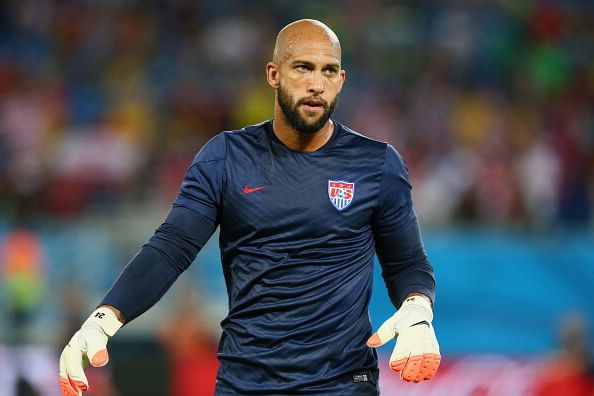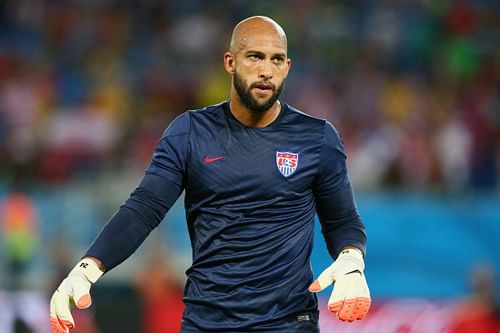
Rise and Decline: How Soccer Fits into the Fabric of American Pop Culture

A beautiful game that has transcended cultural boundaries as well as national borders, soccer is finally capturing American hearts for good. The last twenty years have seen the formation of a 16-team men’s professional league, World Cup victories for our women’s national team, and a steady rise in lucrative contracts, television ratings, and a mainstream media presence. World Cup fever has officially infiltrated the United States, leaving its indelible marks all over American culture, giving super-fans, and young athletes a reason to dream big.
Becoming a Soccer Nation
Raucous viewing parties filled stadiums and public areas to overflowing. New fans and football connoisseurs packed themselves into local watering holes for every match. Many such gatherings were organized by The American Outlaws, a supporter’s group numbering 94 chapters in cities nationwide. Television ratings for World Cup games have eclipsed previous levels for major sports networks. All this leading to a more soccer savvy nation.
2014′s World Cup is the most streamed live event to date in the U.S. Social media–Twitter and Facebook, for example–exploded after particularly decisive matches and game-changing plays. Major corporations have capitalized on the soccer phenomenon, featuring now-recognized soccer stars in advertising or playing specifically to soccer moms and dads. A soccer ball on the lawn has become an American icon in commercial media. The World Cup has even affected video gaming; FIFA’s soccer games are the top-selling sports games on the market.
We’re Playing More
Youth soccer participation has grown exponentially, with over 3 million registered players in youth leagues across America. It is now the most popular youth sport in the nation. Young athletes want to emulate soccer heroes like Tim Howard and Clint Dempsey just as much as LeBron James or Aaron Rodgers. And as youth leagues continue to grow, so too will their cultural impact. Adults are playing soccer more and more as well; 30 percent of U.S. households include at least one soccer player, and 13 million Americans play the sport on a regular basis.
According to Ohio University athletic administration masters, with a boost from the World Cup and the surge in soccer participation, there will come a greater need for coaches and officials. Many online universities have specialist courses aimed at improving team performance and fine-tuning the nuances of the game. Such courses have also experienced the “World Cup effect”–their traffic doubling and tripling alongside soccer league registrations.
Team USA’s can-do spirit, competitive nature, and ever-increasing exposure is finally putting soccer on the map in the United States. Some analysts predict that we may soon become a nation of the Big Five–baseball, hockey, football, basketball, and at last, soccer. World Cup fever is catching, and it’s changing our landscape, our culture, and our minds.